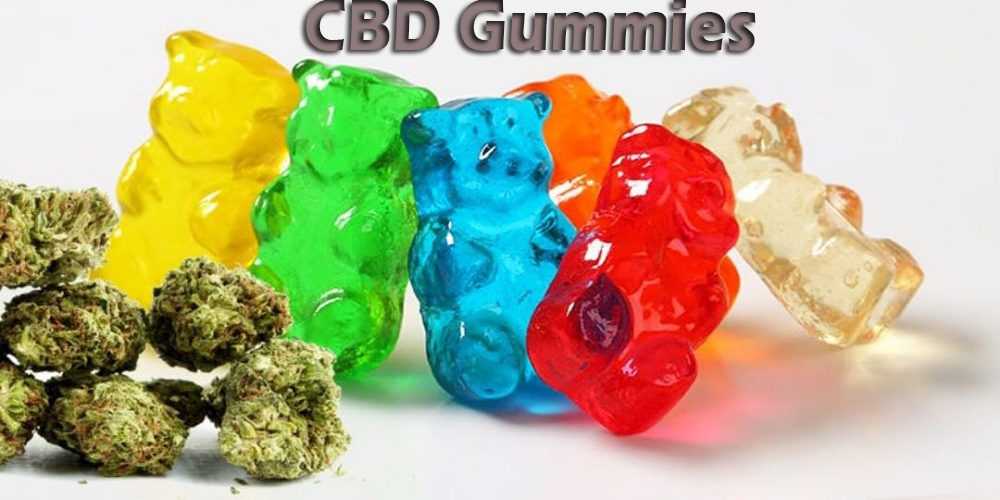CBD is often used in recent times. You can even buy cbd gummies for your children and thus take care of their health. People suffering from migraines and cluster headaches traditionally face many problems associated with the treatment of these ailments. Disorders caused by taking medications include: hormonal imbalance, photophobia, high blood pressure and stress. Many resort to the use of non-steroidal anti-inflammatory therapy (NSAID), which can be harmful to health if used in the treatment of chronic migraine.
The use of drugs for the treatment of migraine is even more dangerous, therefore, approximately two-thirds of patients avoid or delay the use of these drugs due to side effects (nausea, apathy, disorientation, chest tightness) and withdrawal symptoms, which leads to increased pain. But the good news is that recent research has led scientists to believe that treating migraines with cannabis is more effective than using all the pharmaceuticals on the market.

In 2016, the first official study of the use of hemp for migraine treatment was published in the journal Pharmacotherapy. The experimental results have clarified the issue of the effectiveness of hemp in the treatment of migraine. The study involved 121 adult patients between January 2010 and September 2014. All subjects were prescribed medical marijuana. As a result, it was found that regular use of hemp reduced the average incidence of migraines from 10.4 per month to 4.6.
Many patients used several methods of administration and provided data on the dosage and frequency of use. The average monthly dose was: 74.84 grams (when using evaporation), 73.42 grams (when taken orally), 77.39 grams (if applied topically) and 45 grams (if used). Also, during the study, it was proved that some methods of use show the best result in the treatment of migraine. Most patients preferred to vaporize or smoke marijuana, as in this case it is easier to track the dosage and get a faster effect. The oral method of administration, on the other hand, turned out to be the least frequently used because of the difficulty in assessing the dosage and because of the length of time to achieve the result.

This study gives hope and opens up new horizons for medical research in this little-studied field. However, the authors confirm the presence of several shortcomings, the solution of which requires more information about hemp varieties and dosage. In addition, some patients did not fill out their reports to the full and did not appear at the doctor’s office, and therefore were excluded from the number of subjects. In subsequent studies, scientists suggest a placebo-controlled randomized clinical trial.
During the Third Congress of the European Academy of Neurology, held in Amsterdam, a report was made on the results of the study, which involved 127 patients suffering from chronic migraine and cluster headaches. During the first phase of testing, each patient was given a compound of tetrohydrocannabinol (THC) and cannabidiol (CBD), which led to a reduction in acute pain in 55% of volunteers. During the second phase, migraine sufferers took 25 mg of amitriptyline (an antidepressant commonly prescribed for migraines) and 80 mg of verapamil (often prescribed for cluster headaches) for cluster headaches.

It turned out that the combination of THC and CBD reduced the frequency and strength of cluster headache and migraine by more than 40%. The effectiveness of THC-CBD therapy was superior to existing drugs, and also led to a decrease in the number of cases of pain in the stomach and muscles, and other problems associated with taking medications.


